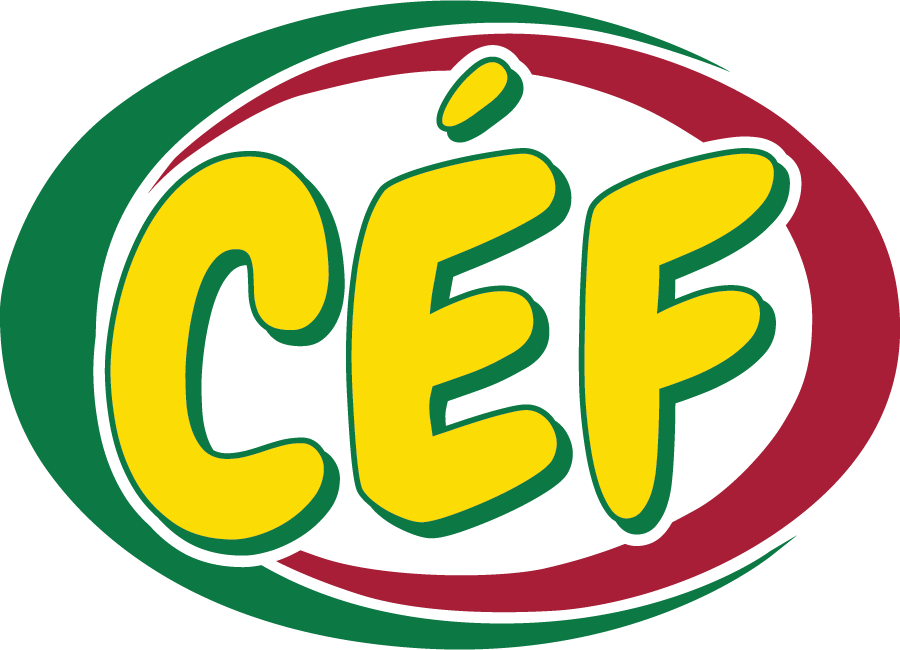At CEF we are committed to working toward ensuring that everyone can access our facilities, programs, and services without barriers.
The Accessible Saskatchewan Act (ASA) became law on December 3, 2023. This important legislation mandates that our school division develop an accessibility plan to identify, address, and prevent barriers for all students and community members. We look forward to your input as we create our 2025-2028 Accessibility Plan.
Over time, we are dedicated to systematically identifying and reducing these barriers within our division. To help make our plans as informed as possible we are seeking input to CEF’s action plan. We are consulting our communities through
- Teachers – Special Education teachers will complete survey on accessibility in each school
- Parents and Community – School Councils will complete surveys on accessibility
- Parents and students – special education teachers will consult with individual families of children with special needs in our schools on an ongoing basis 2025-2028.
- Transportation – bussing partners will gather data on accessibility requests and limitations in each community.
Importance of Accessibility Plans
Accessibility plans identify barriers and detail steps to improve accessibility. With approximately 29.8% of Saskatchewan's population over 15 identifying as living with a disability, fostering inclusion is essential.
Accessibility plans must be published by December 3, 2025. You will find CEF’s Accessibility Plan here once it is published.
Understanding Accessibility Barriers
Accessibility barriers occur when systems, spaces and information are not designed for everyone. Key barriers include:
- Physical Barriers: Physical barriers happen when spaces and objects are designed in ways that make it hard for persons with disabilities to get into buildings or other spaces.
- Information & Communication Barriers: Information and communication barriers happen when information is not given in a way that everyone can use.
- Attitudinal Barriers: Attitudinal barriers happen when people think or act towards persons with disabilities based on wrong ideas.
- Technological Barriers: Technological barriers happen when technology is made in a way that not everyone can use (ex: lack of assistive devices or classroom technology).
Thank you for helping us create an accessible and welcoming educational environment at CEF.

